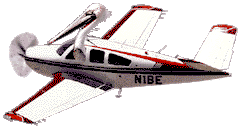mandm
Pattern Altitude
When I did my Alaska flying, speaking to pilots en route, some recommended to fly as fast as possible and run the tank dry, if you suspect you are coming up short in fuel. Last thing you want is to run out of fuel with a few gallons left in the other tank.
I never came this close on the Alaska trip, I think I always landed with ~10gal or more fuel remaining. But I do keep that in mind in case of any diversions or negative wind changes.
I never came this close on the Alaska trip, I think I always landed with ~10gal or more fuel remaining. But I do keep that in mind in case of any diversions or negative wind changes.



